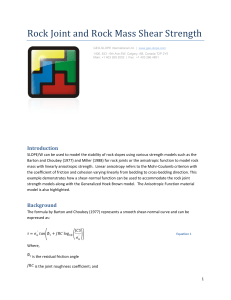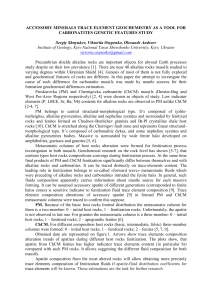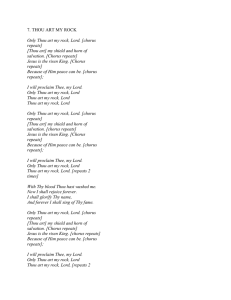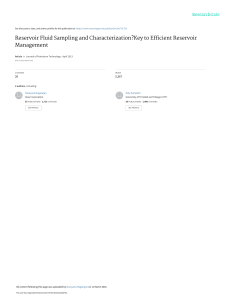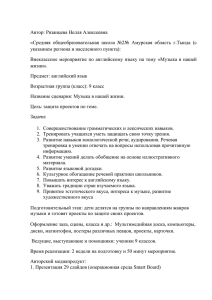6676719
реклама
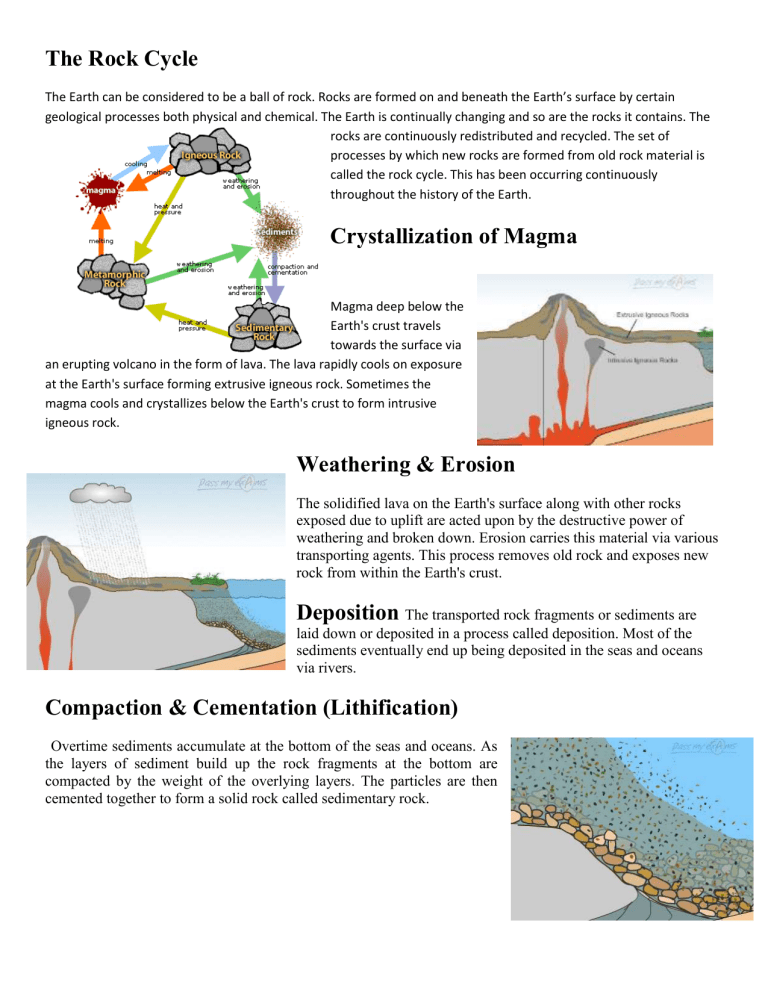
The Rock Cycle The Earth can be considered to be a ball of rock. Rocks are formed on and beneath the Earth’s surface by certain geological processes both physical and chemical. The Earth is continually changing and so are the rocks it contains. The rocks are continuously redistributed and recycled. The set of processes by which new rocks are formed from old rock material is called the rock cycle. This has been occurring continuously throughout the history of the Earth. Crystallization of Magma Magma deep below the Earth's crust travels towards the surface via an erupting volcano in the form of lava. The lava rapidly cools on exposure at the Earth's surface forming extrusive igneous rock. Sometimes the magma cools and crystallizes below the Earth's crust to form intrusive igneous rock. Weathering & Erosion The solidified lava on the Earth's surface along with other rocks exposed due to uplift are acted upon by the destructive power of weathering and broken down. Erosion carries this material via various transporting agents. This process removes old rock and exposes new rock from within the Earth's crust. Deposition The transported rock fragments or sediments are laid down or deposited in a process called deposition. Most of the sediments eventually end up being deposited in the seas and oceans via rivers. Compaction & Cementation (Lithification) Overtime sediments accumulate at the bottom of the seas and oceans. As the layers of sediment build up the rock fragments at the bottom are compacted by the weight of the overlying layers. The particles are then cemented together to form a solid rock called sedimentary rock. Deformation & Metamorphism Sedimentary rock is forced underground by movement of the tectonic plates. The rocks are exposed to heat and immense pressure which causes them to change chemically and for metamorphic rocks. Uplift of the Earth's crust via Earthquakes exposes rocks to the Earth's surface. Melting As the rocks get pushed further underground they are exposed to such immense heat that they melt to form magma and so they begin their journey through the rock cycle again. Types of Rock: Rocks are not all the same! The three main types, or classes, of rock are sedimentary, metamorphic, and igneous and the differences among them have to do with how they are formed. Sedimentary Sedimentary rocks are formed from particles of sand, shells, pebbles, and other fragments of material. Together, all these particles are called sediment. Gradually, the sediment accumulates in layers and over a long period of time hardens into rock. Generally, sedimentary rock is fairly soft and may break apart or crumble easily. You can often see sand, pebbles, or stones in the rock and it is usually the only type that contains fossils. Examples of this rock type include conglomerate and limestone. Metamorphic Metamorphic rocks are formed under the surface of the earth from the metamorphosis (change/ transform) that occurs due to intense heat and pressure (squeezing). The rocks that result from these processes often have ribbon-like layers and may have shiny crystals, formed by minerals growing slowly over time, on their surface. Foliated (banded/ striped) versus nonfoliated (no stripes or bands). Examples of this rock type include gneiss and marble. Igneous Intrusive Igneous rocks are formed when magma (molten rock deep within the earth) cools and hardens slowly. Sometimes the magma cools inside the earth, and other times it erupts onto the surface from volcanoes (in this case, it is called lava). When lava cools very quickly, no crystals form and the rock looks shiny and glasslike, forming extrusive igneous rock. Sometimes gas bubbles are trapped in the rock during the cooling process, leaving tiny holes and spaces in the rock. Examples of this rock type include basalt and obsidian. Questions: 1. What is the difference between intrusive and extrusive igneous rocks? 2. What POWERS the actual rock cycle (where does the energy come from)? ____________________ & ____________________ 3. What is the difference between foliated & nonfoliated metamorphic rocks? 4. Which rock texture is formed from slow cooling? 5. What are sedimentary rocks made out of? 6. Explain weathering, erosion and deposition. 7. Explain compaction and cementation 8. What are metamorphic rocks? 9. Write your own and have partner answer. 10. Write your own and have partner answer. 1. What is the difference between intrusive and extrusive igneous rocks? Intrusive: Cool Slowly from magma (inside) Extrusive: Cool Quickly from lava (outside) 2. What POWERS the actual rock cycle (where does the energy come from)? Earth’s interior and the sun 3. What is the difference between foliated & nonfoliated metamorphic rocks? Foliated: banded / striped/ layered Nonfoliated: no bands 4. Which rock texture is formed from slow cooling? Intrusive igneous rock 5. What are sedimentary rocks made out of? Sediments (fossils found here) 6. Explain weathering, erosion and deposition. Weathering: breaking down of materials Erosion: carrying away of sediments/ materials Deposition: materials are deposited in new area 7. Explain compaction and cementation Compaction: layers are pressed together over time Cementation: after compaction sediments are cemented together to form rock 8. What are metamorphic rocks? Rocks that undergo changes due to heat and pressure.

